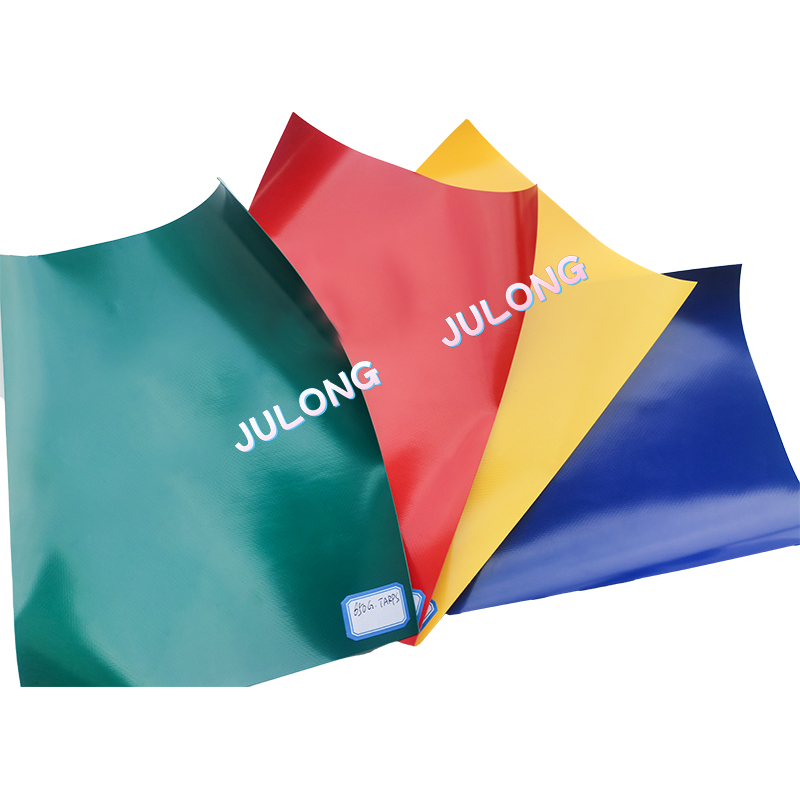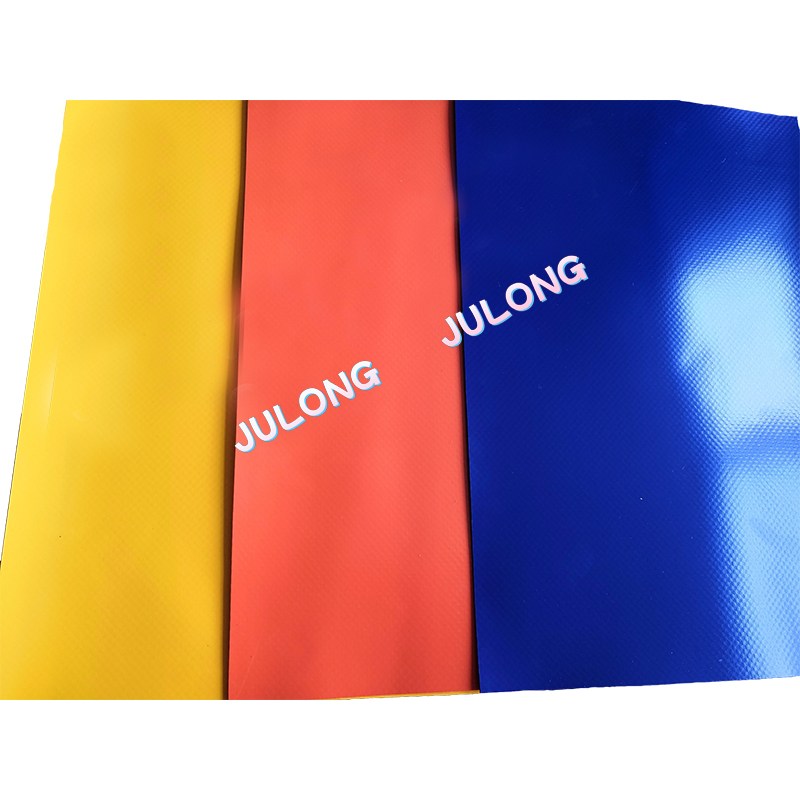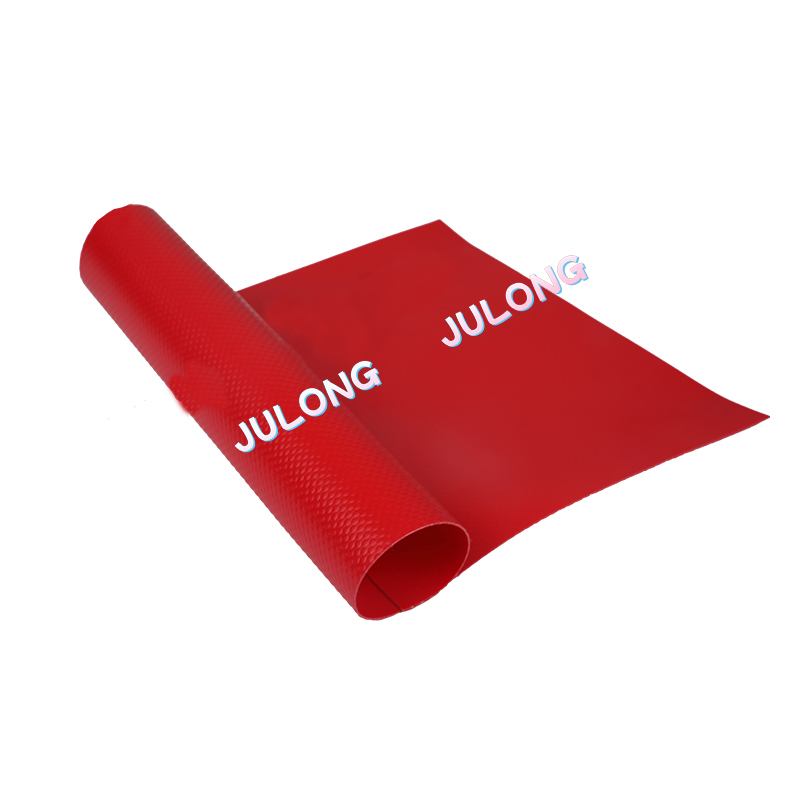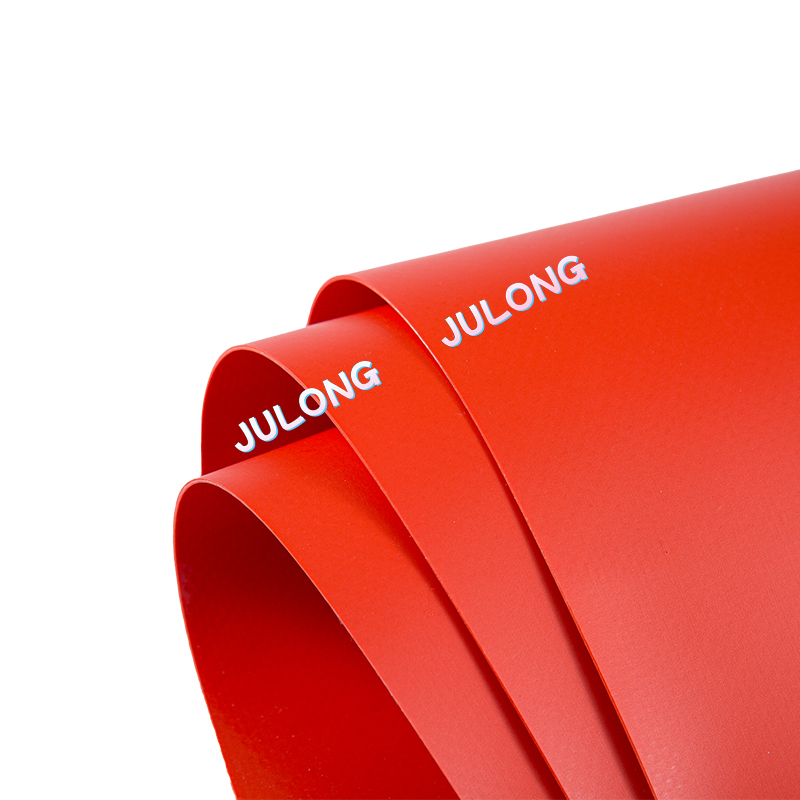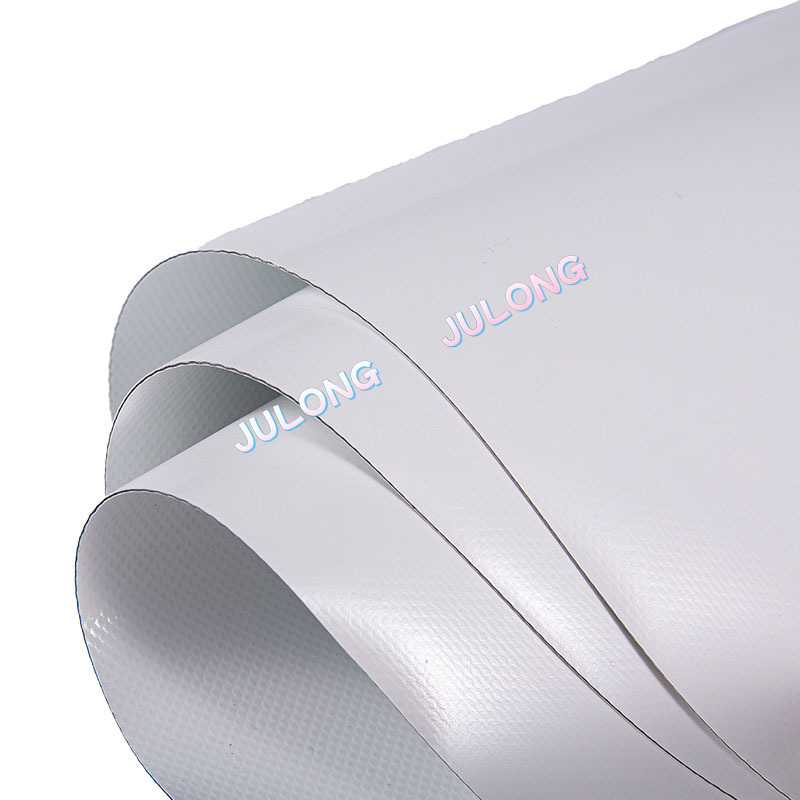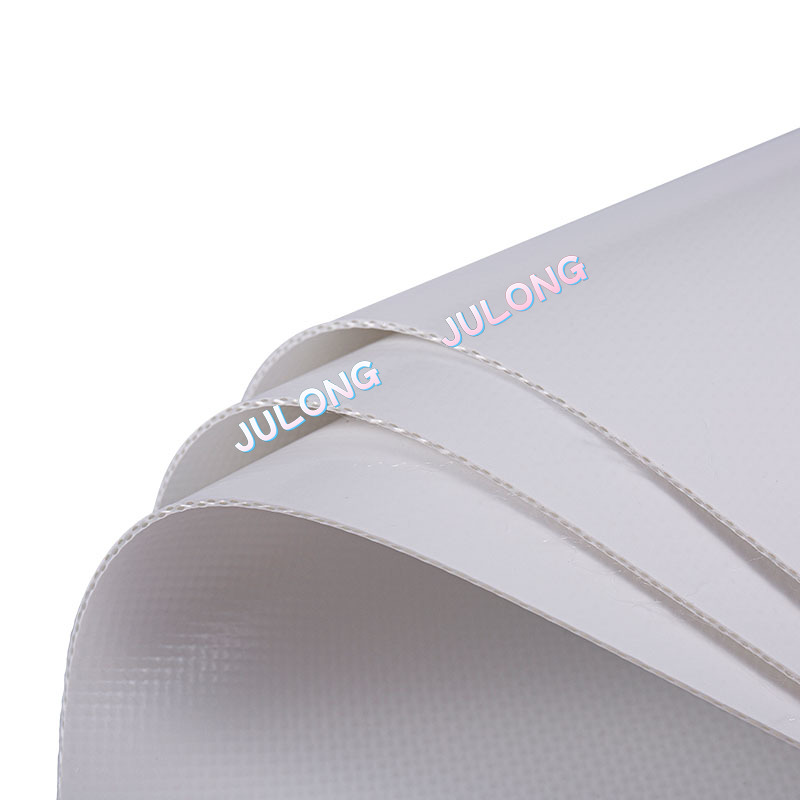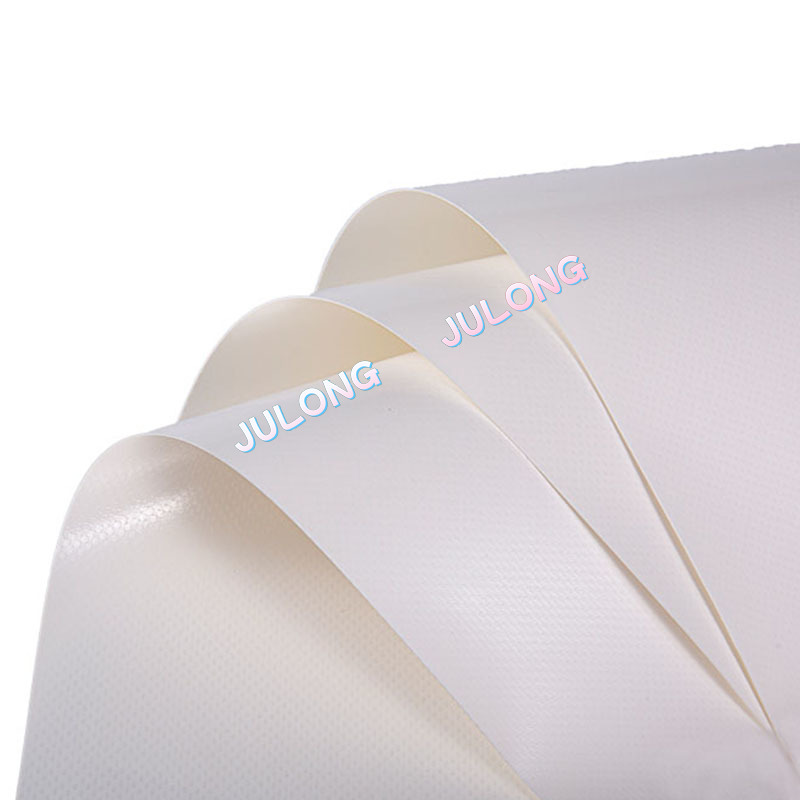PVC coated fabric is one of the most widely used materials in modern industry due to its outstanding strength, waterproofing, and versatility. From architectural structures and truck tarpaulins to tents, inflatable boats, and advertising billboards, PVC coated fabrics have become an indispensable part of both industrial and consumer products. But how exactly is this durable material made, and what factors determine its quality and performance? This article explores the manufacturing process of PVC coated fabric in detail, examines the key performance factors, and highlights recent innovations that are shaping the future of coated textile technology.
1. Overview of PVC Coated Fabric
PVC (polyvinyl chloride) coated fabric is a composite material made by applying or laminating a layer of PVC resin onto a base fabric, usually polyester or nylon. This combination merges the flexibility and strength of textiles with the weather resistance and waterproofing of PVC, resulting in a fabric suitable for demanding environments.
Key characteristics of PVC coated fabric include:
- Excellent waterproofing and weather resistance
- High tensile and tear strength
- Resistance to UV radiation, abrasion, and chemicals
- Easy to clean and maintain
- Customizable in color, thickness, and surface finish
Its versatility makes it a top choice in industries such as construction, transportation, marine, agriculture, and advertising.
2. The Manufacturing Process of PVC Coated Fabric
The manufacturing of PVC coated fabric involves multiple steps, each of which plays a crucial role in defining the material’s final properties. Below is a detailed breakdown of the process.
Step 1: Base Fabric Preparation
The foundation of PVC coated fabric is typically woven polyester or nylon. Polyester is preferred for its dimensional stability, tensile strength, and cost efficiency, while nylon offers enhanced elasticity and impact resistance.
Before coating, the base fabric undergoes several treatments:
- Cleaning and Degreasing: To remove dust, oil, and impurities that might affect coating adhesion.
- Surface Treatment: Chemical or plasma treatments may be applied to increase surface energy and improve bonding between fabric and PVC.
- Drying: Ensures the base fabric is moisture-free, providing better coating uniformity.
Step 2: PVC Resin Preparation
PVC resin alone is rigid, so it must be blended with plasticizers, stabilizers, pigments, and performance additives to achieve flexibility and weather resistance.
A typical PVC coating formulation includes:
- PVC Resin: The core polymer providing mechanical strength and durability.
- Plasticizers (e.g., DOP, DINP): To increase softness and flexibility.
- Stabilizers: Protect against heat and UV degradation.
- Pigments: Add desired colors or patterns.
- Flame Retardants, Anti-fungal, and Anti-static Additives: Enhance performance for specific applications.
These ingredients are mixed and heated to form a viscous coating compound, ready to be applied to the base fabric.
Step 3: Coating Process
There are several coating methods used to apply PVC to the fabric surface. The most common include:
-
Knife-over-Roll Coating:
The base fabric passes under a knife blade that spreads a uniform layer of PVC paste. This process allows precise control over coating thickness and is suitable for heavy-duty fabrics. -
Calender Coating:
In this method, molten PVC is pressed into the fabric using heated rollers. It provides excellent adhesion and smooth surface finishes. -
Lamination:
A pre-formed PVC film is bonded to the fabric using heat and pressure. This is ideal for multi-layer constructions where strength and surface consistency are critical. -
Hot Melt Coating:
PVC is melted and extruded directly onto the fabric surface, then cooled and solidified. This method enhances adhesion and uniformity.
The choice of coating process depends on the intended application and required performance level.
Step 4: Curing and Cooling
After coating, the fabric passes through curing ovens to allow the PVC layer to fuse properly with the textile substrate. Curing time and temperature are carefully controlled to ensure consistent bonding without damaging the fabric.
Once cured, the material is cooled using chilled rollers or air circulation systems, stabilizing the coating before further processing.
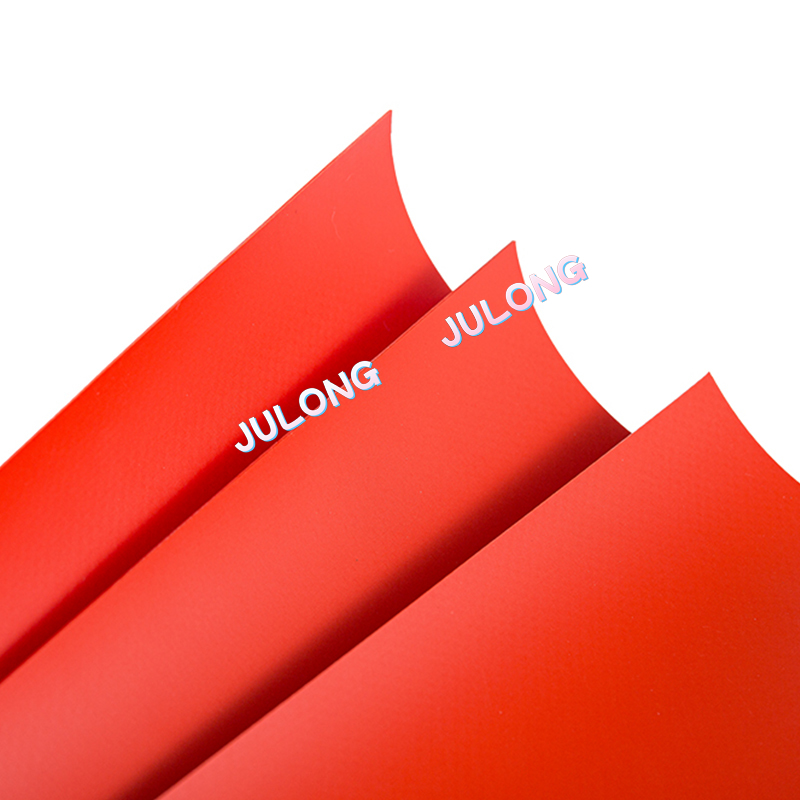
Step 5: Surface Finishing and Embossing
To improve aesthetics and functionality, the PVC coated fabric undergoes surface finishing treatments, such as:
- Embossing: Adding textures or patterns for decorative appeal or anti-slip properties.
- Gloss or Matte Finishing: Adjusting the visual appearance according to customer requirements.
- Top Coating: Applying an extra protective layer to increase UV resistance, chemical stability, or dirt repellence.
Advanced coatings like PVDF (polyvinylidene fluoride) or acrylic topcoats are often added to high-end architectural fabrics for superior weather durability and self-cleaning ability.
Step 6: Quality Inspection and Testing
Before being rolled and packaged, each batch of PVC coated fabric is subjected to strict quality control tests, including:
- Tensile and tear strength testing
- Adhesion strength measurement
- Waterproof and hydrostatic pressure testing
- Flame retardancy testing
- UV and colorfastness evaluation
Only materials that meet international standards such as ISO, REACH, and RoHS are approved for shipment.
3. Factors Affecting the Performance of PVC Coated Fabric
The overall performance of PVC coated fabric depends on a combination of material composition, processing techniques, and environmental conditions. Below are the most important influencing factors:
(1) Base Fabric Quality
The weave density, yarn type, and tensile strength of the base fabric determine the mechanical integrity of the final product.
- High-density polyester fabrics offer better tear resistance and dimensional stability.
- Nylon fabrics provide greater elasticity, suitable for inflatable structures or flexible covers.
Any inconsistencies in the base textile can lead to coating defects or delamination.
(2) PVC Formulation and Additives
The ratio of plasticizers, stabilizers, and fillers directly affects flexibility, heat resistance, and aging performance.
- Excess plasticizers may improve softness but can cause migration or stickiness over time.
- Insufficient stabilizers make the fabric prone to yellowing or cracking under UV exposure.
Hence, precise formulation control is critical to maintaining long-term durability.
(3) Coating Method and Thickness
Different coating processes yield different surface finishes and adhesion strength.
- Knife coating allows for thick layers suitable for industrial use.
- Lamination ensures high surface uniformity for aesthetic products.
Thicker coatings enhance waterproofing and durability but may reduce flexibility and breathability.
(4) Curing Temperature and Time
Improper curing can cause poor adhesion, bubbles, or uneven coating. High curing temperatures ensure strong fusion between PVC and fabric, but overheating may damage the base textile. Manufacturers must balance time and temperature carefully.
(5) Environmental Conditions
Exposure to sunlight, moisture, and temperature extremes gradually affects PVC coated fabric.
- UV radiation can degrade plasticizers and cause color fading.
- High humidity may lead to fungal growth if anti-fungal additives are insufficient.
Therefore, choosing weather-resistant formulations is essential for outdoor applications.
(6) Surface Treatment and Top Coating
Advanced surface finishes improve performance by enhancing UV protection, dirt resistance, and flame retardancy. PVDF or acrylic coatings extend product life by reducing surface degradation and making cleaning easier.
4. Applications of PVC Coated Fabric
Due to its customizable properties, PVC coated fabric is used across diverse sectors:
- Architecture: Membrane structures, roofing, and canopies.
- Transportation: Truck tarpaulins, car covers, and seat upholstery.
- Marine: Boat covers, inflatable rafts, and pontoons.
- Agriculture: Greenhouse films, irrigation tanks, and pond liners.
- Advertising: Billboards, banners, and display systems.
Each application requires specific balance among flexibility, thickness, weatherability, and color stability.
5. Innovations and Future Trends
The PVC coated fabric industry is evolving with growing emphasis on sustainability, lightweight design, and digital functionality.
Key trends include:
- Eco-friendly plasticizers and recyclable PVC compounds to reduce environmental impact.
- Hybrid coatings combining PVC with TPU or silicone for better elasticity and cold resistance.
- Smart fabrics integrated with conductive layers for sensors or heating functions.
- Energy-efficient manufacturing through solvent-free coating and waste recovery systems.
These advancements aim to balance high performance with environmental responsibility.
6. Conclusion
The manufacturing of PVC coated fabric is a sophisticated process that blends chemistry, textile engineering, and precision coating technology. From selecting the right base fabric to applying advanced surface finishes, every step influences the fabric’s final quality and performance. Key factors—such as material formulation, coating method, curing parameters, and environmental resistance—must be carefully optimized to meet specific industry needs.
As technology advances, the focus is shifting toward eco-conscious production and enhanced durability, ensuring that PVC coated fabrics continue to serve as reliable, adaptable materials for a wide range of modern applications. Whether for industrial, architectural, or consumer use, well-engineered PVC coated fabrics will remain a cornerstone of high-performance textile innovation.


 English
English عربى
عربى